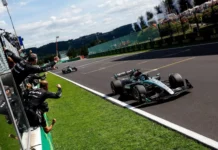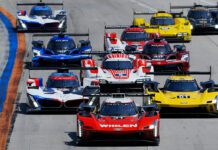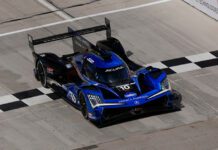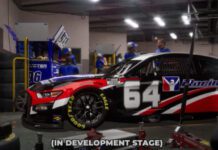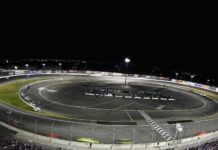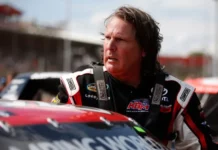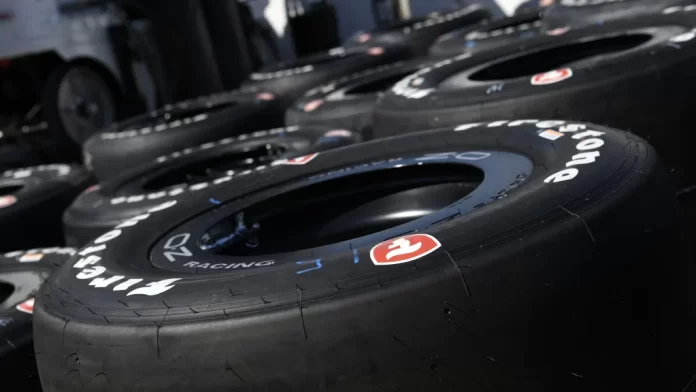The NTT IndyCar Series will bring an option tire to oval racing for the first time this season, trying alternate compounds for the Aug. 27 race at World Wide Technology Raceway at Gateway.
The rules will be the same as for road and street circuits, which require a mandatory use of a new set of the alternate compound (traditionally known as “reds”) during the race. The alternate compound is designed to be softer and faster, but it wears more quickly than the primary compound.
That leads to divergent strategies and often engenders more passing during the race as cars go forward and fall back more quickly depending on their tire degradation.
The alternate tire compound concept has been around for nearly 20 years since Firestone introduced it with the 2004 Grand Prix of Long Beach.
Alternate tires were introduced full time to the IndyCar series with the 2009 season and have been used in street and road course races since but have yet to be used on ovals. NASCAR tried an option tire that was softer during the 2017 All-Star Race but hasn’t used it again.
Firestone also will be using a new tire constructed from more sustainable materials on street circuits during the 2023 season.
After making its debut last year at Nashville, the tires derived from the guayule desert shrub will make their debut in the March 5 season opener on the streets of St. Petersburg, Florida.
Bridgestone, the parent company of Firestone, invested $42 million in establishing a hub for planting and harvesting the guayule shrub, which is found in northern Mexico and the southwestern United States.
“We are driving sustainability in every area of our business, and we’re thrilled to be advancing guayule and other sustainable practices in America’s premier open-wheel racing series,” Paolo Ferrari, CEO of Bridgestone Americas, said in a release. “Firestone has a tremendous legacy of innovation and performance in racing, which we will continue to build upon as we move into this new era of cleaner, safer and more sustainable mobility on and off the track.”
The announcement of the alternate tire for the Gateway was among several competition elements that IndyCar unveiled Friday:
–In addition to a new traveling medical unit, there will be several safety enhancements, including mandatory rain vanes to wick water from the aeroscreen in wet conditions; a new rear attenuator and stronger rear-wheel tethers; new rear LED rain lights; new and higher headrest protection; new mandatory steering arm designed for more durability;
–The EM Marshalling System will add EM Motorsports Telemetry, which will provide teams the ability to receive reliable information more quickly from IndyCar (which also will get more “over-the-air” elements).
–IndyCar will make several aerodynamic adjustments, including optional short oval barge boards on road and street course events and an optional underwing sidewall and infill wicker for Texas Motor Speedway. For the Indianapolis Motor Speedway oval, there will be a new optional underwing flap wicker, new mandatory stability wickers and a new additional underwing inner bargeboard, and cars will be allowed 3 more degrees of range on the adjustable rear wing. There also are optional underwing road and street course strakes.
o Speedway infill wicker made optional (also at Texas Motor Speedway).
–IndyCar again will hold “second groove” practice sessions at Texas and Gateway.
–The first red flag during the first round of road and street course qualifying will stop the 10-minute clock (the clock runs on subsequent red flags). Firestone Fast Six still features 6 minutes of guaranteed time. The qualifying clock now will start when the first car crosses the alternate start-finish line.







